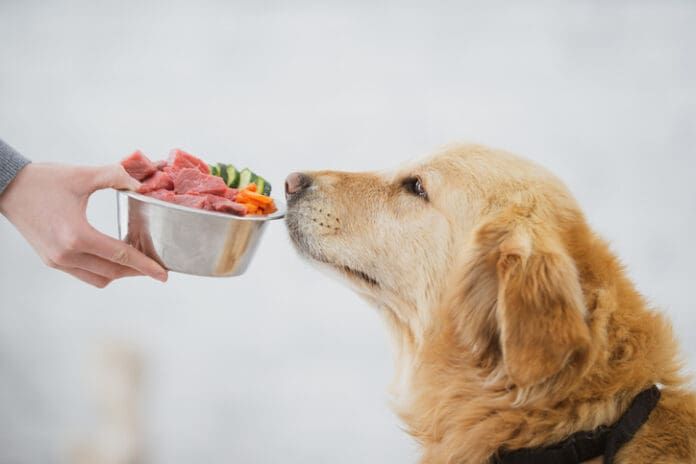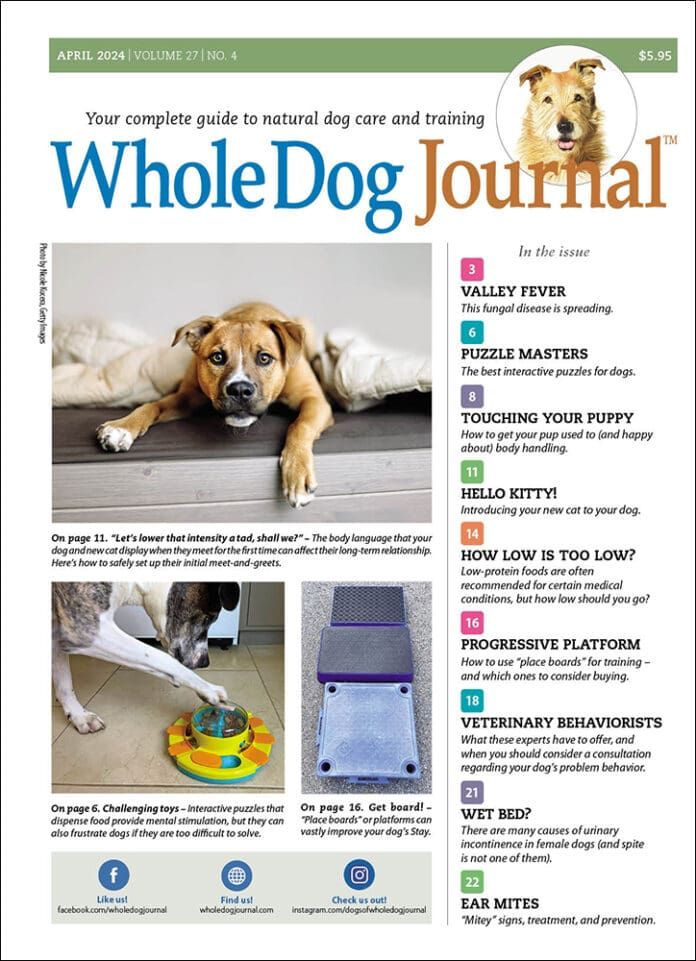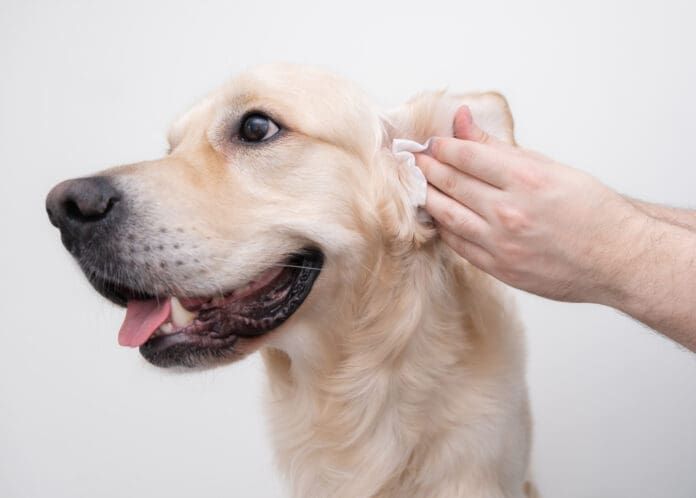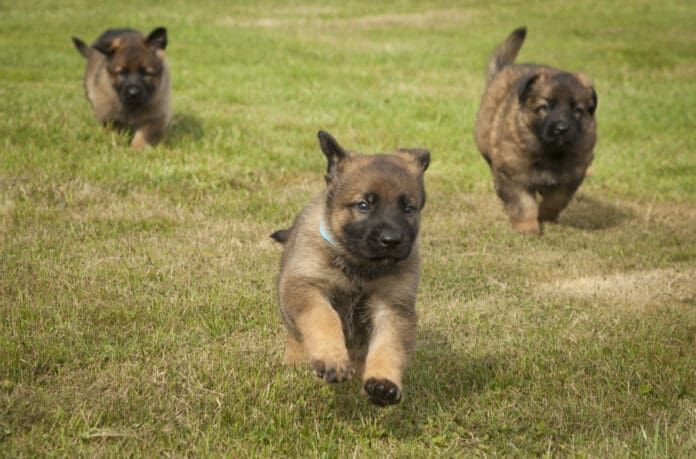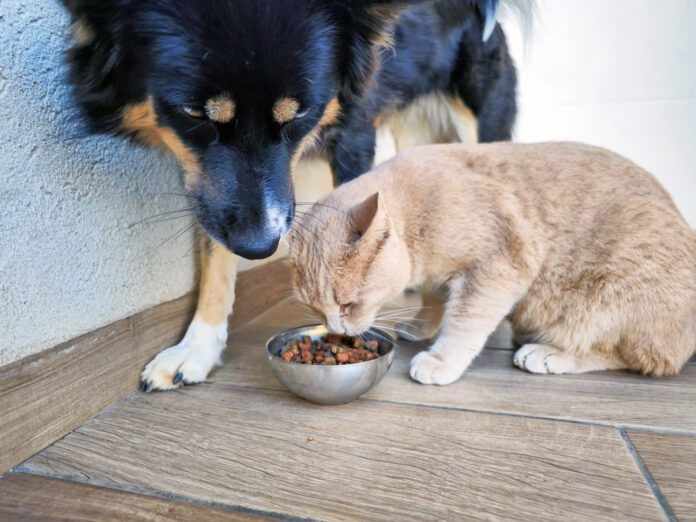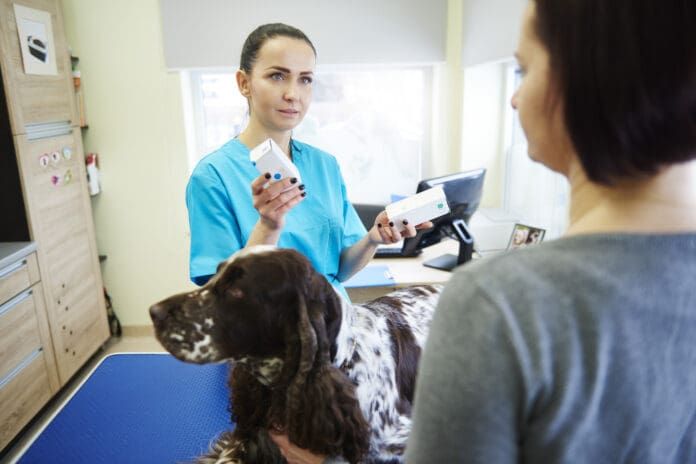Excerpted from Dog Food Logic, by Linda P. Case, M.S.
The ingredients that make up a dog food are (and should be) of great concern to dog owners and pet professionals. A food’s ingredients have the job of providing all of the essential nutrients and energy (calories) to the dog who consumes the food, as well as contributing to the food’s flavor, texture and appeal. As a result, when dog owners are selecting and comparing dog foods, the first place that they typically look is the label’s ingredient list. We naturally expect this list to tell us what we need to know. Unfortunately, while the Federal Food, Drug and Cosmetic Act requires that pet food labels (like human food labels) are truthfully labeled and must include all of the food sources present in the product, current FDA and AAFCO labeling requirements fall far short of what is needed to allow informed and well considered choices by consumers.
It is not the purpose of this book to provide yet another list of AAFCO ingredient definitions or to describe the differences between various pet food ingredients. Rather, since the purpose of this book and this chapter in particular is to provide dog owners and professionals with the skills and knowledge that will support smart decisions, let’s start with identifying what exactly you can know about the ingredients in a food, what you can find out with a bit sleuthing, and what unfortunately you will never, ever be privy to (if the pet food introductory continues its current practices). Let’s begin with ingredient information that is readily available to all consumers. . .
. . . The final rule, the 3% rule, has to do with a seemingly simple and innocent-sounding word: “with.” If a pet food label contains that word in its product name, the product is required to have only 3% of the ingredient in the formulation at the time of processing. If you measure out 100 pieces of kibble from a food labeled “with salmon” and then remove three pieces of kibble from the pile, those three pieces are equivalent to the amount of salmon that is found in that pile of kibble. Not much. Yet consumers are expected to know, understand and differentiate between the 95% Salmon Food, the 25% Salmon Dinner, and the 3% Adult Dinner with Salmon foods. This rule is by design imprecise (from 95% down to 25% for food versus dinner, really?) and in practice misleads (and possibly even deceives) consumers. If you wish to feed a salmon (or chicken or turkey or venison) based food, look for one of AAFCO’s qualifying terms (dinner, recipe, formula) and avoid brands with the term “with”. Then, keep reading.
Need help choosing a food for your dog? Want assistance wading through the ads, labels, hype and information bombarding you every day? Learn what matters most by reading Dog Food Logic. Buy it today from Whole Dog Journal.


